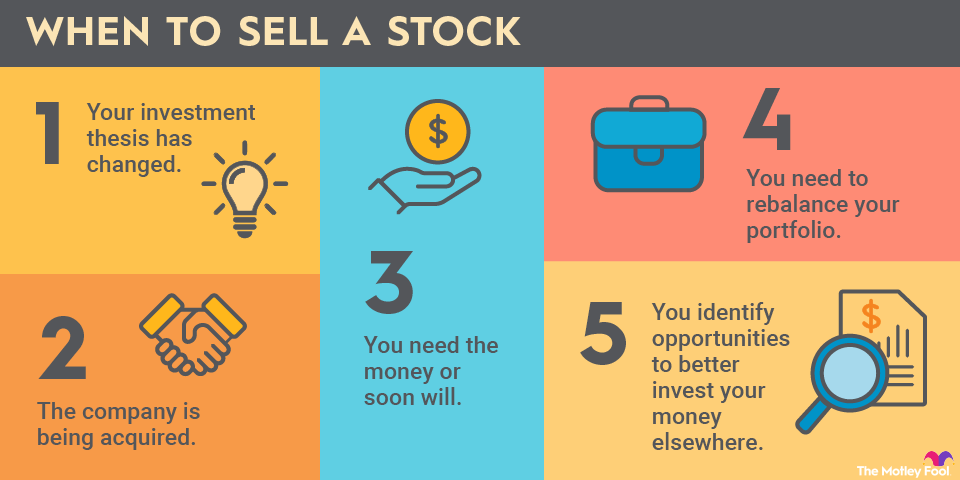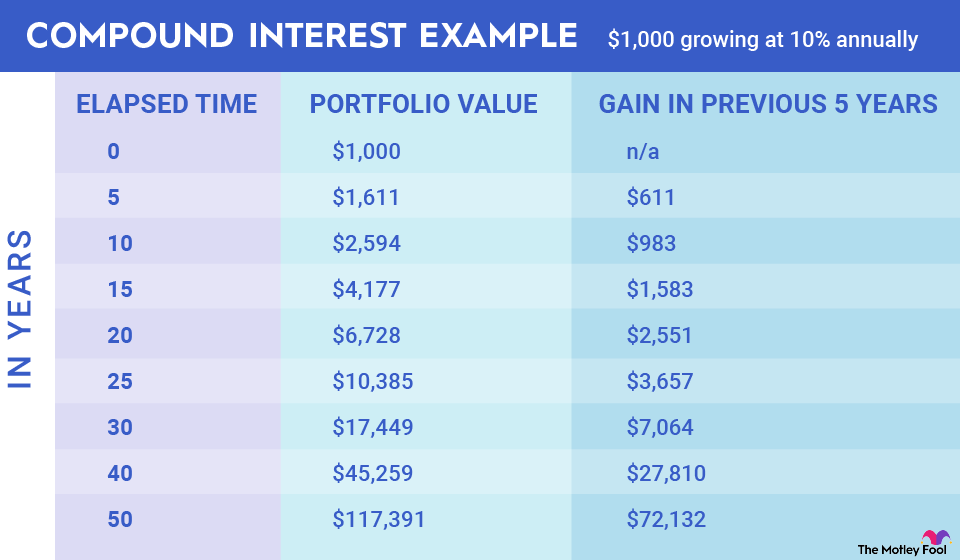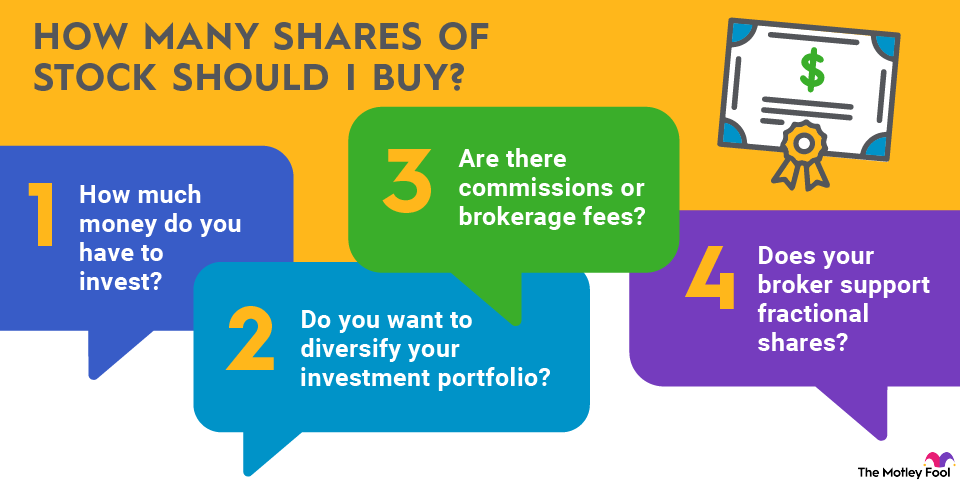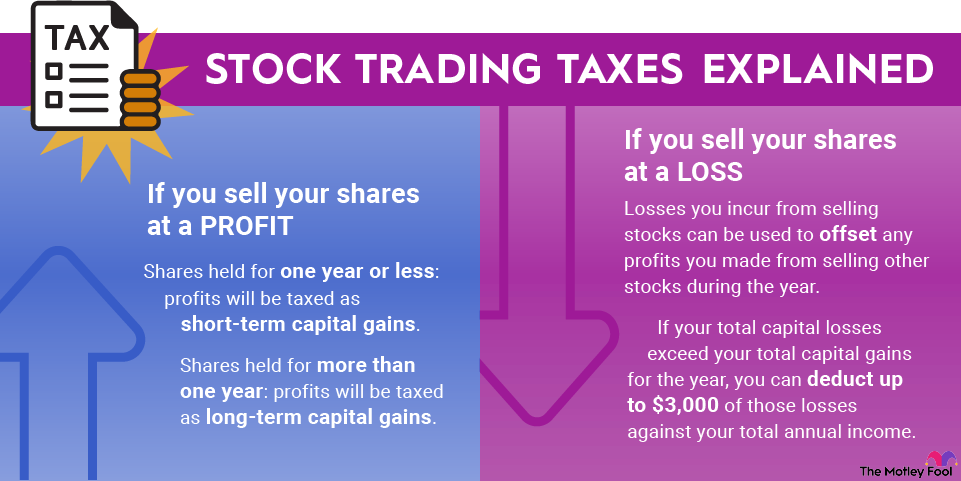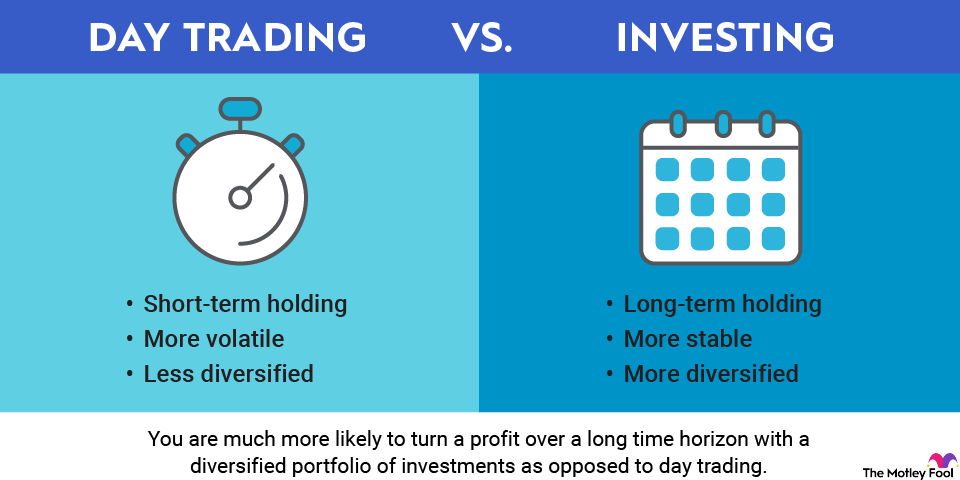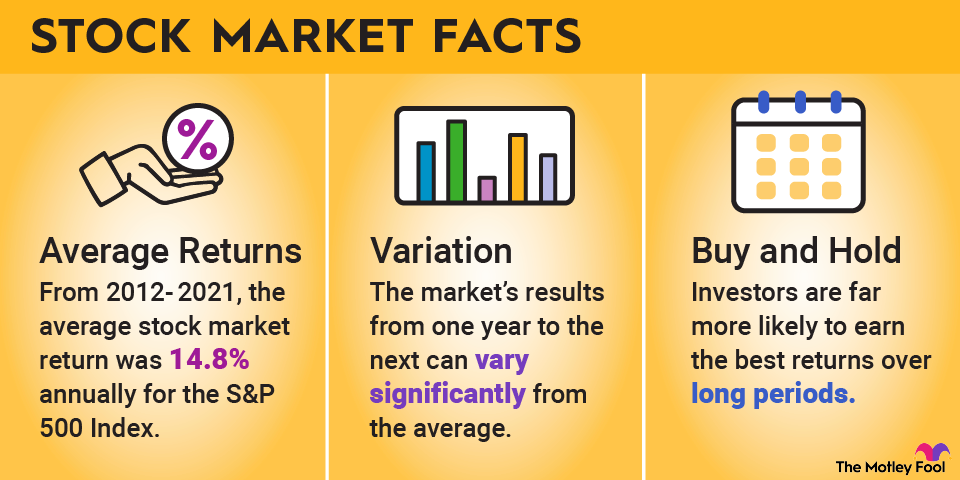Zoom Video Communications (ZM +0.31%) was founded in 2011 by Eric Yuan, a former engineer at Cisco Systems, with the goal of making video communication simpler and more reliable. The company went public in 2019 and became a household name during the COVID-19 pandemic as remote work surged.
Today, Zoom is far more than a single-product company. While Zoom Meetings remains its core offering, the business has expanded into workplace communications, cloud phone systems, contact centers, and AI-powered productivity tools. Its platform integrates with major enterprise software ecosystems, including Microsoft, Salesforce, and Alphabet.
Growth is no longer explosive, but Zoom operates at scale, serves thousands of large enterprise customers, and remains solidly profitable.
How to buy Zoom Video Communications stock
If you want to buy Zoom stock, you can easily add shares to your portfolio.
- Open your brokerage app: Log in to your brokerage account where you handle your investments. If you don't have one yet, take a look at our favorite brokers and trading platforms to find the right one for you.
- Search for Zoom: Enter the ticker "ZM" into the search bar to bring up the stock's trading page.
- Decide how many shares to buy: Consider your investment goals and how much of your portfolio you want to allocate to this stock.
- Select order type: Choose between a market order to buy at the current price or a limit order to specify the maximum price you're willing to pay.
- Submit your order: Confirm the details and submit your buy order.
- Review your purchase: Check your portfolio to ensure your order was filled as expected and adjust your investment strategy accordingly.
Should you invest in Zoom Video Communications stock?
Zoom is no longer a high-growth story, but it has matured into a profitable, cash-generating software company with a strong enterprise footprint. Revenue growth has slowed to the low single digits, reflecting a competitive collaboration market and the normalization of post-pandemic demand.
The investment case centers on stability and optional upside. Zoom generates substantial free cash flow, holds billions in cash, and continues to invest in artificial intelligence to expand its role beyond meetings. Management’s long-term strategy is to position Zoom as an AI-first workplace platform rather than a single-purpose videoconferencing tool.
The downside is limited growth acceleration. Competition from large tech platforms remains intense, and Zoom’s core product no longer enjoys the same differentiation it once did. Share-based compensation also continues to dilute shareholders over time.
Zoom may appeal to long-term investors seeking a profitable, cash-rich tech company with modest growth and potential AI-driven upside. It is less compelling for investors looking for rapid expansion, dividends, or category dominance.

NASDAQ: ZM
Key Data Points
Is Zoom Video Communications profitable?
Yes, Zoom is profitable. Its net income for the first quarter of fiscal 2026 was $254.6 million, or $0.81 per share, up about 19% year over year.
Does Zoom Video Communications pay a dividend?
Zoom does not pay a dividend, and management has not announced its intention to pay one at any point in the near future.
How to invest in Zoom through ETFs
If you don't want to buy whole shares of Zoom, you may decide to invest in the stock through an exchange-traded fund (ETF). Doing so will also give you the opportunity to invest in a wide range of other stocks contained in that fund, an instant way to diversify your portfolio with a single investment.
Exchange-Traded Fund (ETF)
The bottom line
While Zoom has fallen out of favor with some investors, the business fundamentals still look good, the company is profitable, and it's leaning into the potential of artificial intelligence for its business. That could create a valuable buying proposition for investors looking for a potentially undervalued stock that was once a pandemic favorite, but has plenty of growth opportunity left to explore outside of that time frame.
As long as you're not expecting pandemic-era returns and want to invest in Zoom stock for its more mature business potential, there's a lot for investors to like about this stock.






